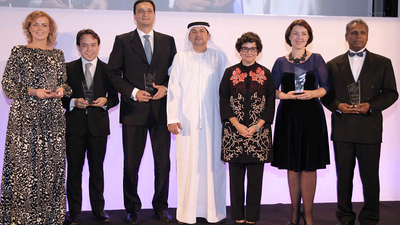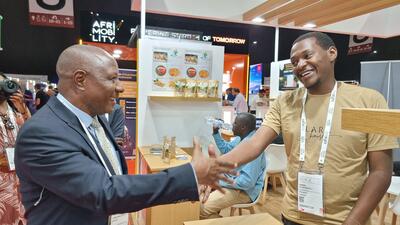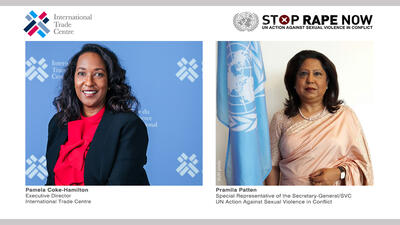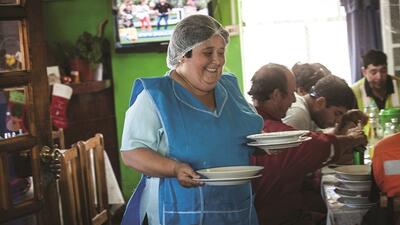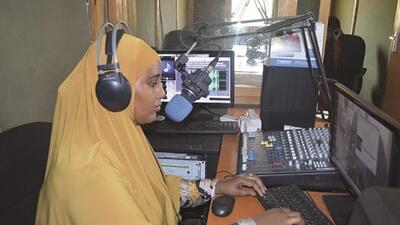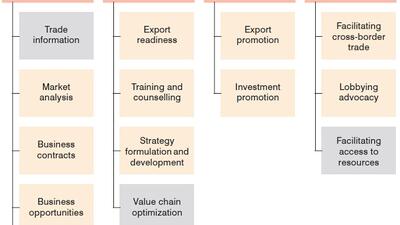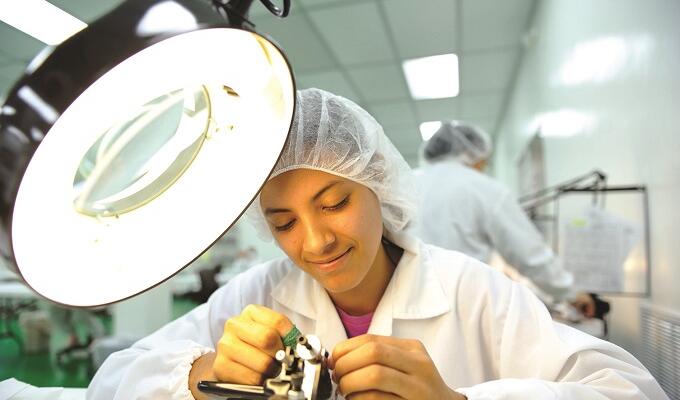
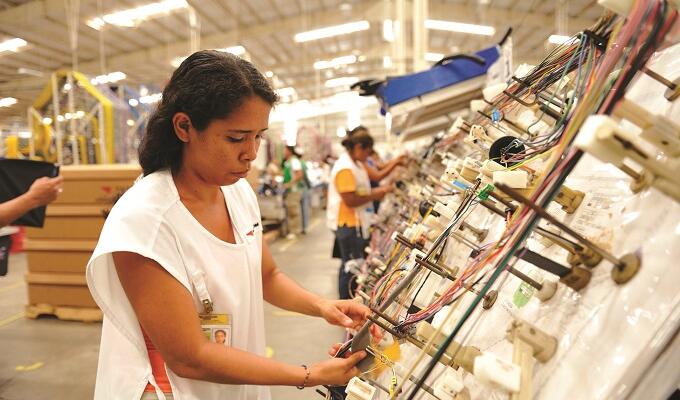
Ensuring greater participation of women in international trade
Reducing the gender gap can release a wealth of human talent, ingenuity, and creativity, important resources for developing countries seeking to transform their societies through trade. As much as US$28 trillion, or 26%, could be added to global annual growth domestic product (GDP) by 2025 by advancing to full parity between men and women, according to a McKinsey Global Institute report.
More modestly, if countries match the rate of improvement of the fastest-improving country in their region, as much as US$12 trillion could be added to the global economy in the coming decade.
Despite the benefits, governments have been slow to act. Leaders in the developing world can focus on fostering women’s participation in international trade to help create growth. Here are some of the lessons drawn from Latin America’s recent progress along these lines.
WOMEN IN TRADEWomen in Latin America are outliers – they often start new businesses, not out of necessity, but because of available opportunities. Though this should be a sign of optimism, we must take into account some of the barriers they face.
In Central America, for example, women already own 46% of micro and small businesses, reaching up to 65% in Nicaragua. Despite this, as the company size increases the proportion of female managers decreases with only about 40% participation in medium-sized enterprises. This relates to the highly informal character of women’s business in the region – as much as 90% of female-led enterprises in Latin America are in the informal sector – and to cultural and institutional barriers that prevent them from reaching higher-level positions in big corporations. Only around 8.5% of board members and 9.2% of executives in Latin American and Caribbean companies are women, according to data from the Inter-American Development Bank. Only 4.2% of the region’s CEOs are female.
To address these challenges, there is a need to strengthen the management skills and capacities of women entrepreneurs.
Part of this involves increasing participation in advanced training aimed at increasing women’s capacity to do business. We find positive signs in one of Costa Rica’s national agencies, which trains more women than men in basic business skills programs (57%), analysis by the Economist Intelligence Unit (EIU) shows. Other initiatives in Brazil, Honduras, Nicaragua and Panama are doing the same, with similar results in the public and private sectors.
Improving business-specific training is crucial to ensure women’s participation in the economy and helps strengthen progress made in reducing the gender gap in traditional education programmes.
Supplier diversity initiatives can go a long way, too, in raising demand for products and services from women-led SMEs. Indeed, some Latin American countries prioritize public-sector purchases from SMEs, but only Mexico, Nicaragua and Venezuela target female-led companies specifically. While the public sector can play a transformative role, the private sector can also have considerable impact: Wal-Mart Mexico and Central America, for example, supported training for more than 2,000 women, ensured their inclusion in their supply chain. A second-generation strategy launched in 2015 includes further support for women-led SMEs.
GROWTH AND INVESTMENTAccess to financial resources in the form of loans or working capital can be decisive in the process of starting and growing an enterprise. Despite this, it is also one of the factors where most countries in Latin America underperform, according to the Economist Intelligence Unit’s Women Entrepreneurial Venture Scope.
For instance, in El Salvador only about 0.2% of women can access formal financial institutions for business purposes. In many other countries, collateral needed for a commercial loan can be steep, reaching as much as 267% of the value of the loan in Costa Rica. As property-rights regimes in Central America are tilted in favor of men, women trying to start their own business might have a harder time trying to meet capital requirements.
Due to these constraints, many resort to microfinance as a way to fund their companies. Women make up 57.3% of the client portfolio of the Central American Microfinance Network (REDCAMIF), data from June 2015 shows – 83.5% in Guatemala. Microfinance is useful and beneficial, especially for those drawn by the lower threshold to come up with the necessary collateral, but it is far from transformative. Fostering increased access to finance in sufficient scale for investment or working capital should become a priority lest women’s potential contribution to economic development remain subsumed.
DEVELOPMENT PRIORITIESGender equality should be a concern in all public policies, so it is crucial that developing countries complete the adoption of a gender perspective. However, the challenges are diverse and resources limited.
In Central America, regional institutions responded by prioritizing economic autonomy, one of the pillars of the overall gender equality policy that the region’s leaders adopted in 2014. This was sensible. Economic autonomy can open the path for further gains in other political, social and cultural aspects of women empowerment. This strategy can create synergies in the region and build upon recent progress in the trade and development agenda to deliver results in the short term.
National and regional institutions in the developing world must mainstream a gender approach to their policies, strategies and programmes. Successful implementation of coordinated initiatives can help us make progress in the coming years. This will require a down-to-earth mentality which emphasizes improved indicators to monitor our progress and impact on gender-related issues. If we focus on some of these issues, we can go a long way in furthering women’s access to opportunities.





